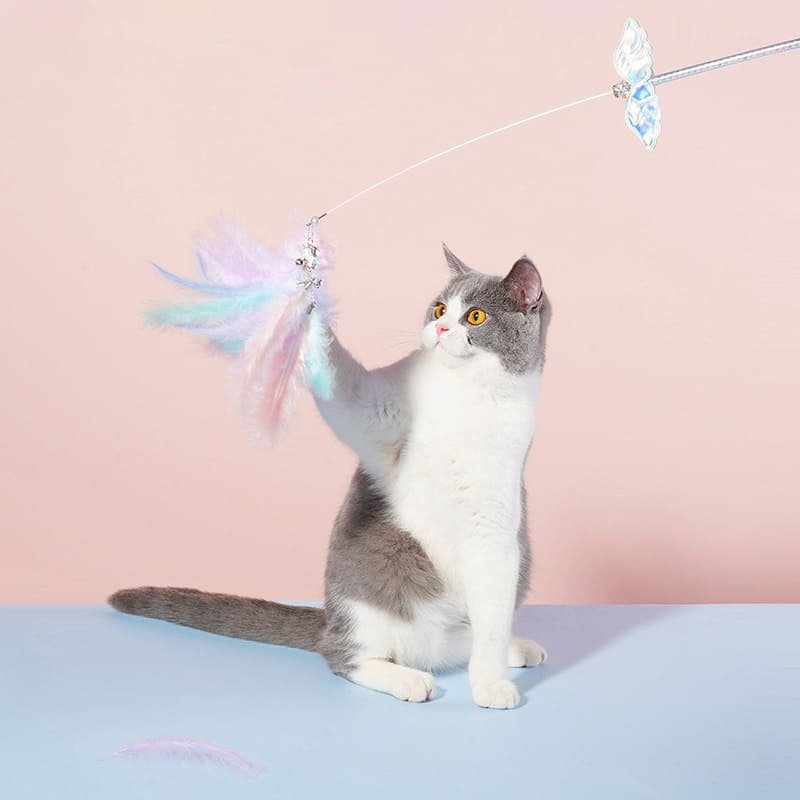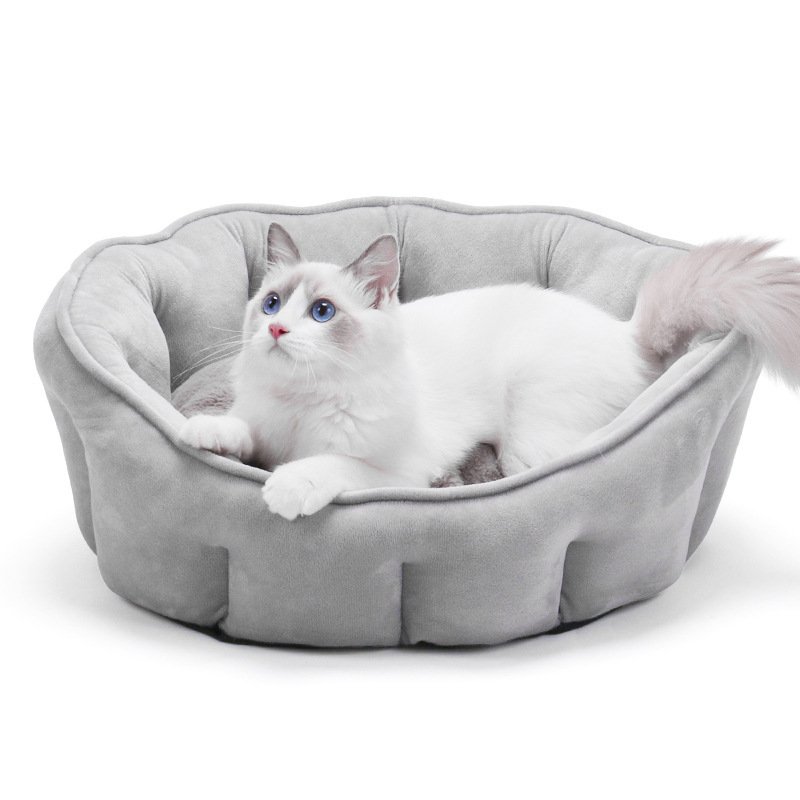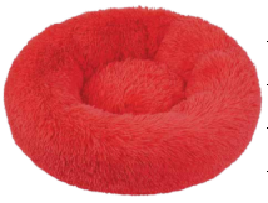When it comes to providing a comfortable resting place for our feline friends, choosing the right cat bed is crucial. From the style and material to the size and color, each aspect can play a role in whether your cat will love their new sleeping spot. In this article, we will explore the significance of color in cat beds and address some common questions most cat beds owners have.

What Kind of Cat Beds Do Cats Prefer?
Cats have unique preferences when it comes to their sleeping arrangements. Some cats prefer plush and soft cat beds, while others may enjoy the coziness of a cat cave or a cat condo. The right style of cat bed for your kitty or feline companion depends on factors such as their size, age, and individual preferences.
Do Cats Actually Like Cat Caves?
Cat caves, with their enclosed spaces and cozy interiors, are often a hit among feline friends. Many cats love the feeling of security and warmth that cat caves provide. The enclosed design of cat mine mimics their natural instinct to seek out small, enclosed spaces in the house or the wild. Cat caves also help retain a cat’s body heat, making them particularly appealing for colder climates in winter, or if your cat tends to get chilly easily.
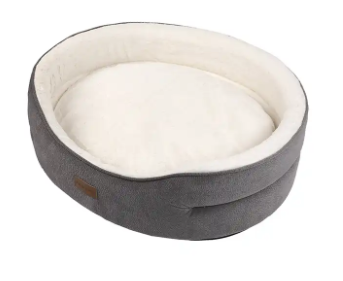
What Color Calms Cats the Most?
While cats are not able to see the full spectrum of colors like humans do, they can still perceive certain colors to some extent. Cats primarily see shades of blue and green, with limited ability to distinguish between different styles of red and yellow. When it comes to calming colors for cats, softer tones like pastel blues and greens are generally preferred. These colors create a soothing and relaxing environment for your kitty or cat cats sleep in.
Do Cats Prefer Covered Cat Beds?
Cats have individual preferences, and while some may enjoy the privacy and security of a top box or covered cat bed, others may prefer open beds. Covered cat beds with high walls can provide a sense of safety and seclusion for cats who enjoy their own personal space. However, it’s important to observe your cat’s behavior and determine what they prefer. Some cats may feel trapped or confined in covered beds, for example, so it’s essential to provide options and let your cat choose their preferred sleeping spot.
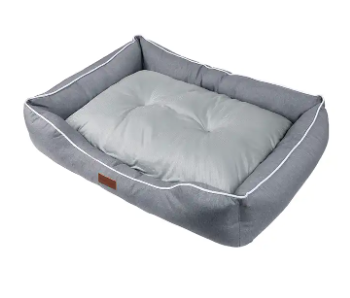
Do Cats Actually See the Color of Their Beds?
Cats do have some color vision, but it differs from human color perception. While cats can perceive some shapes and certain colors, they rely more on their other senses, such as smell and touch, when it comes to choosing their sleeping spots. Therefore, while the color of the floor or a cat bed may not be the cat react primary factor in their preference, it can still contribute to creating a visually appealing and comfortable environment.
How Do Cats Show Sadness?
Cats, like humans, can experience a range of emotions, including sadness. Signs of sadness in cats may include decreased appetite, withdrawal or hiding, excessive sleeping, or changes in grooming habits. If you notice any significant changes in your cat’s behavior or mood, it’s important to consult with a veterinarian to rule out and treat any underlying health issues.
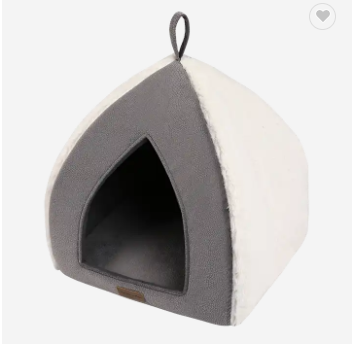
Do Cats Know When You Kiss Them?
Cats may not interpret kisses in the same way humans and small dogs do, but they can understand the affectionate gesture. Cats have their own ways of showing affection, such as head bumps, purring, or rubbing against you. While some cats may enjoy gentle kisses, others may not appreciate the proximity of your face cat’s paws. It’s essential to respect your cat’s personal boundaries and observe their reactions to determine what they are comfortable with.
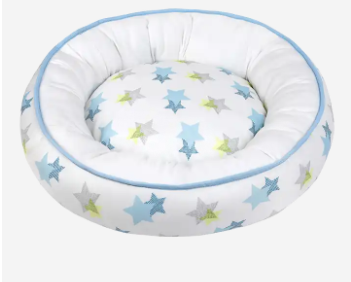
Additional Tips for Choosing the Right Cat Beds
Here are a few additional tips to consider when selecting the perfect cat bed for your furry friend:
- Observe your cat’s sleeping preferences: Pay attention to where your cat tends to sleep. Do they prefer soft surfaces like your couch or your bed? This can give you insights into the type of bed they may prefer.
- Consider your cat’s age and health: Kittens and younger cats may enjoy beds with more play features, while senior cats may benefit from orthopedic or heated beds to provide extra comfort and support.
- Provide options: Cats love having choices, so consider providing multiple cat beds in different areas of your home. This allows them to find their preferred spot and gives them a sense of ownership.
- Take into account your cat’s natural behavior: Cats love to scratch, stretch, and knead before settling down to sleep. Look for beds that incorporate scratching surfaces or have enough space for your cat to engage in these behaviors comfortably.
- Consider the climate: If you live in a colder climate, opt for beds that provide extra insulation or have built-in heating elements. Conversely, in warmer climates, choose beds made from breathable materials that allow for better airflow and help keep your cat cool.
- Check for safety features: Ensure that the cat bed you choose is made from non-toxic materials and doesn’t have any small parts that could pose a choking hazard. Additionally, make sure the bed is sturdy and won’t collapse or tip over when your cat jumps in or out.
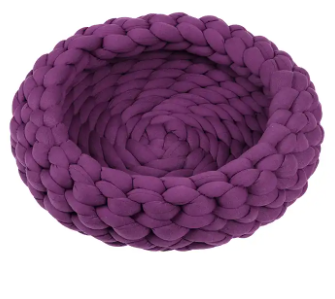
Remember, each cat is unique, and what works for one cat in bed, may not work for another. Pay attention to your cat’s preferences and behaviors to find the cat bed that suits them best. Providing your pet a comfortable and cozy sleeping space will not only make your cat happy but also contribute to their overall well-being and quality of life.
In conclusion, while the color of a cat bed may not be the sole determining factor in a cat’s preference, it can contribute to creating for cat owners a visually appealing and comfortable resting place. Cats have unique individual preferences, and it’s important to consider their size, age and personal preferences when choosing a cat bed. Some cats may prefer plush polyesters or synthetic materials, while others may enjoy natural fabrics like wool. It’s also important to consider the size of the bed, especially for larger cats or if you have multiple cats who like to snuggle together.
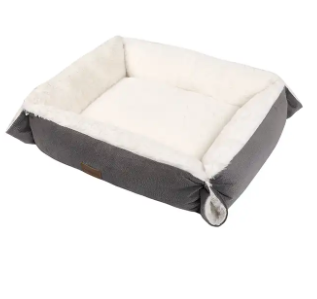
When it comes to senior cats or those with mobility issues, providing a cat bed with low walls or easy access can be beneficial. This ensures pets that they can comfortably get in and out of the pet bed without putting too much strain on their joints. Additionally, providing a thick blanket, supportive mat or bedding can help alleviate any discomfort they may experience.
In terms of cleaning and maintenance your cat prefers, it’s essential to choose a cat bed or blanket that is easy to wash. Look for beds that have removable and machine-washable covers or are made of materials that can be easily wiped clean. This helps maintain a clean and hygienic environment for your cat.
While the color of a cat bed may not directly impact a cat’s comfort or sleep, creating a visually pleasing space can contribute to their overall well-being. Soft and calming colors can create a sense of rest, tranquility and relaxation, helping your cat feel more at ease in their sleeping area. However, it’s important to remember that most cats themselves are individuals, and their preferences may vary. It’s always best to observe your cat’s reactions and behaviors to determine what they prefer.
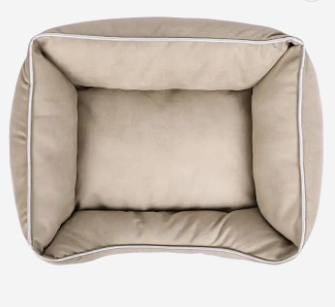
In summary, when choosing a cat bed, it’s important to consider factors such as the style, size, material, and cleanliness of the bed. While the color of the bedding may not be the most crucial aspect, creating a visually appealing and comfortable space can contribute to your cat’s overall happiness. Remember to observe your cat’s preferences and behaviors to ensure you provide them with the right sleeping environment. With the right cat bedding, you can help your feline friend enjoy a restful and cozy night’s sleep every night.

